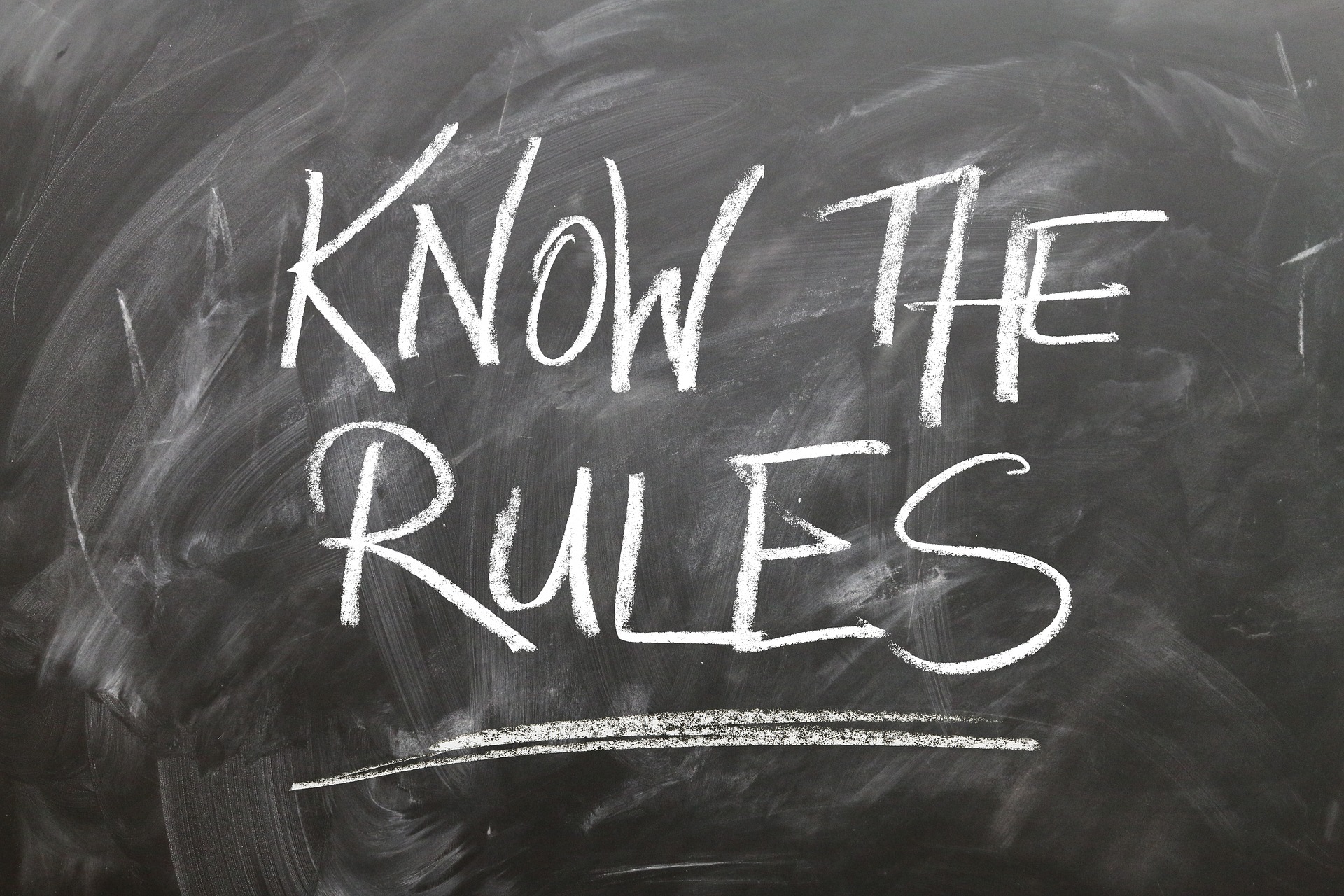Middle Schoolers Use SCOTUS Case to Reflect on School Rules with Service Learning

The most recent Supreme Court of the United States case around free speech involving an angry cheerleader using social media to vent about her frustration has provided a teachable moment for classrooms around the country. In a previous blog post, we shared how Illinois Civics Instructional Coach Chris Johnson from Oneida used a moot court around Mahanoy v. B.L. to launch his high school students in an inquiry that developed a social media policy that could be used by coaches and sponsors at ROWVA Junior/Senior High School.
Matt Wood, an Illinois Civics Instructional Coach who teaches at Leman Middle School in West Chicago, took a slightly different tactic with his students. Matt used the Mahanoy case to inspire informed action through service learning to have students reflect on their own school rules and raise awareness of these rules. In the end, students met with the administration and members of the school board to share their findings and suggest opportunities for improvement.
Matt and Chris are two of 26 educators participating in the Guardians of Democracy Microcredential Program with Volunteer Generation Fund support from Serve Illinois to facilitate service learning opportunities for classrooms to work together for the common good of Illinois. We asked Matt to share a bit more about his experience of civic inquiry to take informed action to develop the knowledge, skills and dispositions of participatory citizenship. Here are his responses.
Can you briefly describe your service learning project?
Our service learning project was first conceived around the “angry cheerleader case” in which a student was punished for her speech outside of the school. Our project sought to determine what rights students have in school (and outside of it) as well as whether or not students were adequately aware of these rights. Students were challenged to explore their own student handbook as well as neighboring school handbooks in order to gain insight into the “unknown.” Next they were to target an area of the rules they felt were unclear or that needed work (due to clarity or changing times). Lastly, they were to construct a proposal of change to the rules for the school board to review and possibly adopt. Our essential question evolved a bit, but eventually became “How restrictive/free are Leman’s school rules relative to other schools?”
How did this activity deepen students’ disciplinary content knowledge and/or meet learning targets?
This activity taught students to actively engage in questioning what their rights are, where they can find them in writing, and what to do when they don’t feel their rights are reflected in that written form. This was demonstrated via lateral reading, a strategy which is helpful in challenging perceptions of fact versus reality, which they did when comparing a section of our handbook with that of other schools. Their creation of proposals was intended to demonstrate the importance of clearly communicating your messages with supporting evidence. The meeting with administration and the school board was where all this was to come together as a summative assessment of their understanding of these skills.
How did this project deepen students’ knowledge of themselves and their community?
I think this project engaged student’s knowledge of themselves in that it showed many that they simply did not know the rules that impacted their lives at school. Many, for instance, were shocked to find that “pants with holes in them” were actually not allowed per school rules. What was funny about this epiphany was that many students reading that rule were in fact wearing pants with holes in them as that is the current style. This showed them that rules often are outdated and unenforced. Their desire to seek why this happens was innate and easy to nudge into the lateral research activity. When they found other schools had more specific language in their rule books, naturally they wanted to know why ours was written to be so vague.
What comes next? What did students identify as future opportunities to address this issue?
Students realized that the only way to change our handbook was to openly address the changes they wanted with stakeholders: administration and the school board. They could of course take the course of ignoring the rules and receiving whatever consequences may be assigned for doing that, but that if they wanted to make permanent change, engagement with the system was necessary.
What advice would you give teachers thinking about opportunities for engaging their students in service learning?
Students see themselves as victims quite often by rules and expectations they had no role in creating. This activity generates a safe space to learn about how to engage in that feeling of victimhood in a way that teaches them to take responsibility for creating the future they want. In a way, it takes the victim and empowers them with the knowledge there is a process for change that they can start, changing them from victim to active citizen.
For more resources to engage your students in the proven practice of service learning, visit our Curriculum Design Toolkit and consider participating in our upcoming webinar on Equipping Students to Take the L.E.A.D. through Service Learning, one of many FREE professional development offerings hosted by the Illinois CIvics Hub (ICH) at the DuPage Regional Office of Education. Visit the professional development calendar for more details and registration information.
